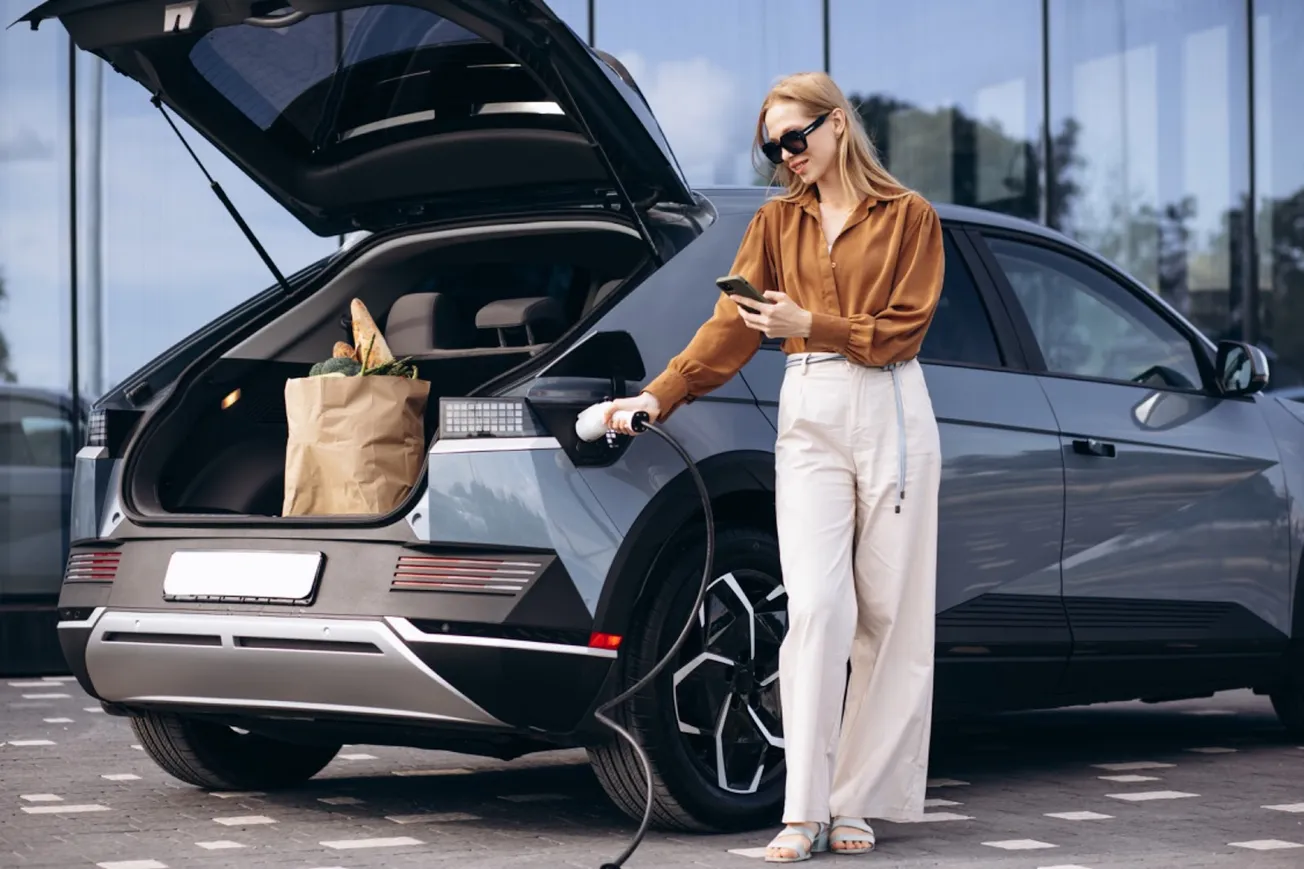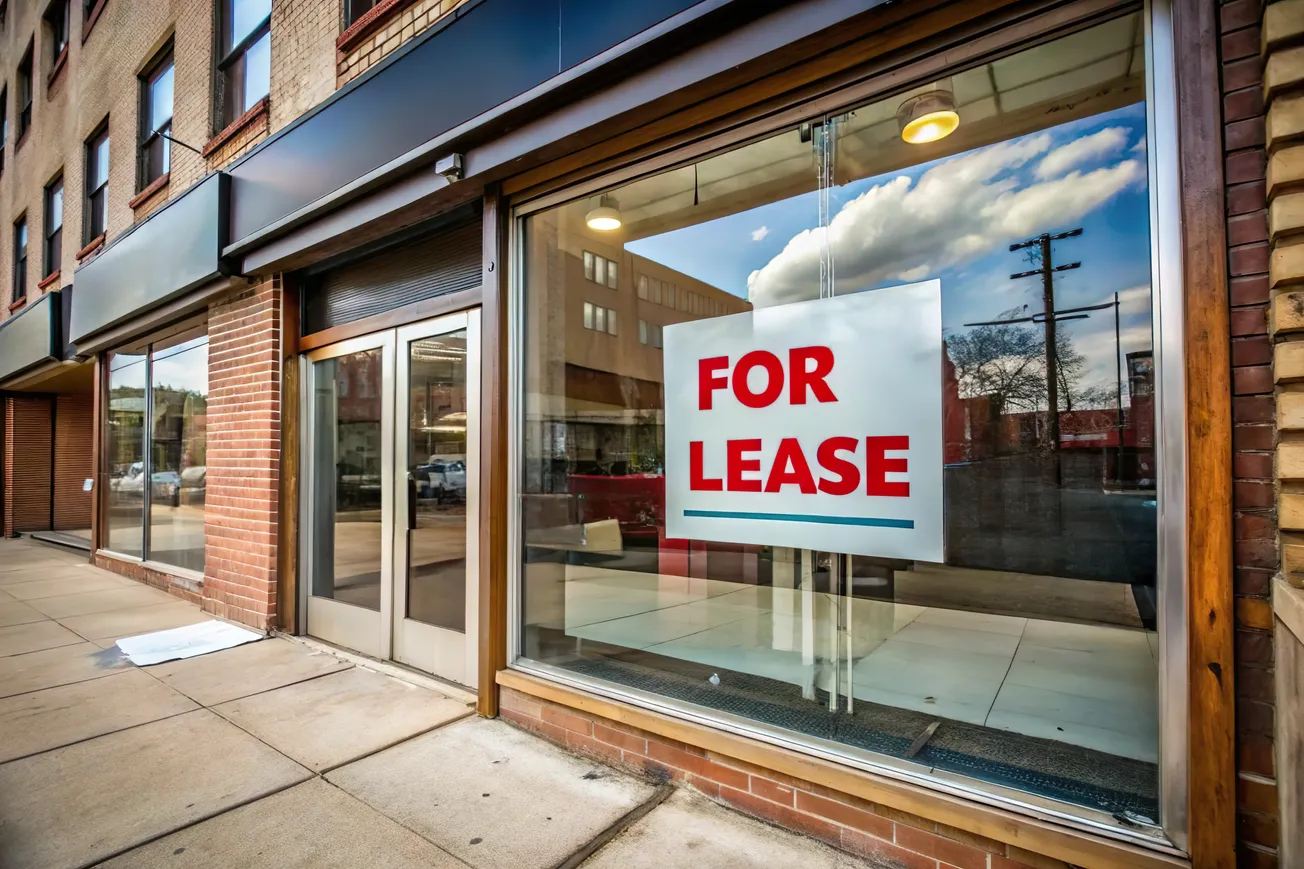A significant portion of EV owners, approximately 61%, report that they are more likely to shop at locations that offer charging stations.
The ability to charge an EV while running errands or shopping provides a dual benefit, saving time and reducing range anxiety, and big box retailers are making significant strides in expanding their EV charging networks.
Walmart's initiative to install EV charging stations at thousands of Walmart and Sam’s Club locations by 2030 highlights the growing recognition of the importance of providing charging infrastructure. With a store or club located within 10 miles of approximately 90% of Americans, Walmart's strategy aims to make EV ownership more feasible for a broader audience, including those in rural and suburban areas.
Currently, 280 Walmart and Sam’s Club locations already offer nearly 1,300 fast-charging stations, showcasing the company's commitment to sustainability and customer convenience.
The move aligns with the broader trend of big box retailers incorporating EV charging facilities to attract eco-conscious consumers.
Retailers that have invested in EV charging infrastructure have observed notable changes in shopper behavior. Stores like IKEA and Whole Foods, which are popular among EV owners, have become key destinations due to their robust charging facilities. These retailers cater to a demographic that is not only environmentally conscious but also values the convenience of combining shopping with vehicle charging.
Sprouts Farmers Market, Trader Joe’s, Costco, and Albertsons have also gained popularity among EV owners. These stores are known for their focus on natural and organic products, aligning with the lifestyle preferences of many EV drivers. Additionally, the regional presence of these retailers means they are strategically positioned to attract EV owners who seek both quality products and convenient charging options.
Retailers are also learning valuable lessons about the costs and logistics of EV charging. Stewart’s Shops pointed out that the current costing structure penalizes charging providers for peak-time electricity demand, which can spike power bills. Phillips 66 advised that strategic placement of chargers is crucial to maximize benefits and customer satisfaction.
The U.S. Department of Energy reported that the Northeastern United States saw the largest increase in public charging options in 2023, followed by the Western U.S., which leads the nation in the number of public charging ports. This increase in infrastructure has resulted in a higher percentage of EV owners in these regions opting for out-of-home charging.
As EV adoption continues to grow, the integration of charging stations into retail environments is likely to become a standard expectation rather than a differentiating factor. Retailers that proactively address the needs of EV owners will be better positioned to attract and retain this growing customer segment.
Stay up to date on the latest Omnichannel news by Subscribing to Our Newsletter









